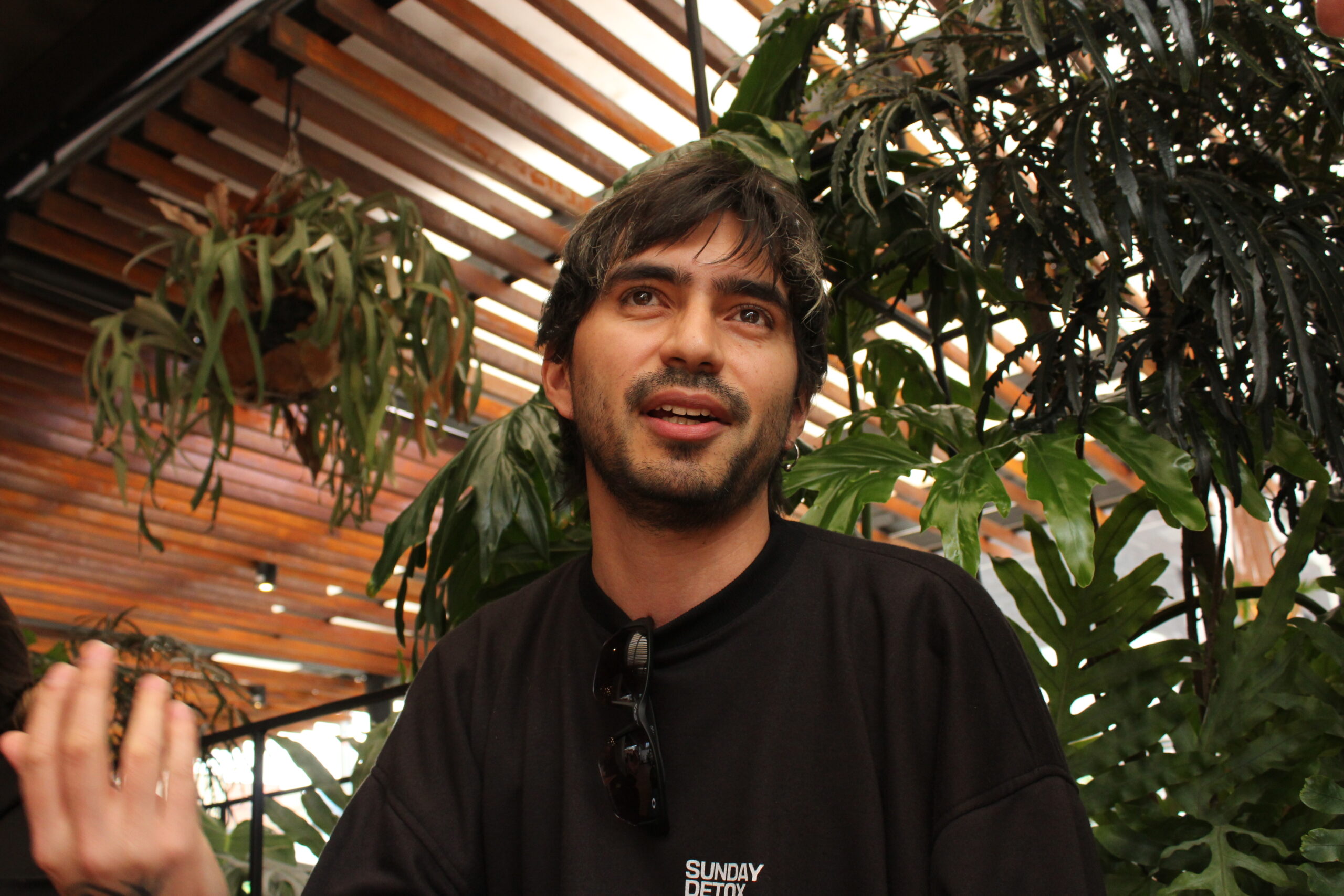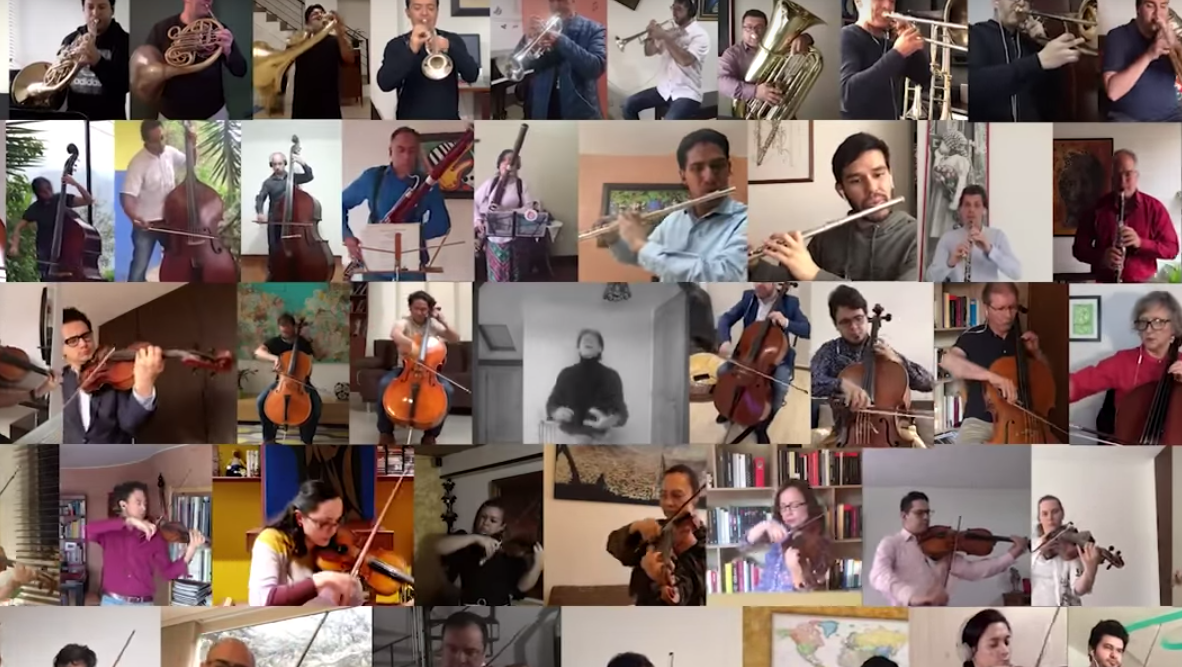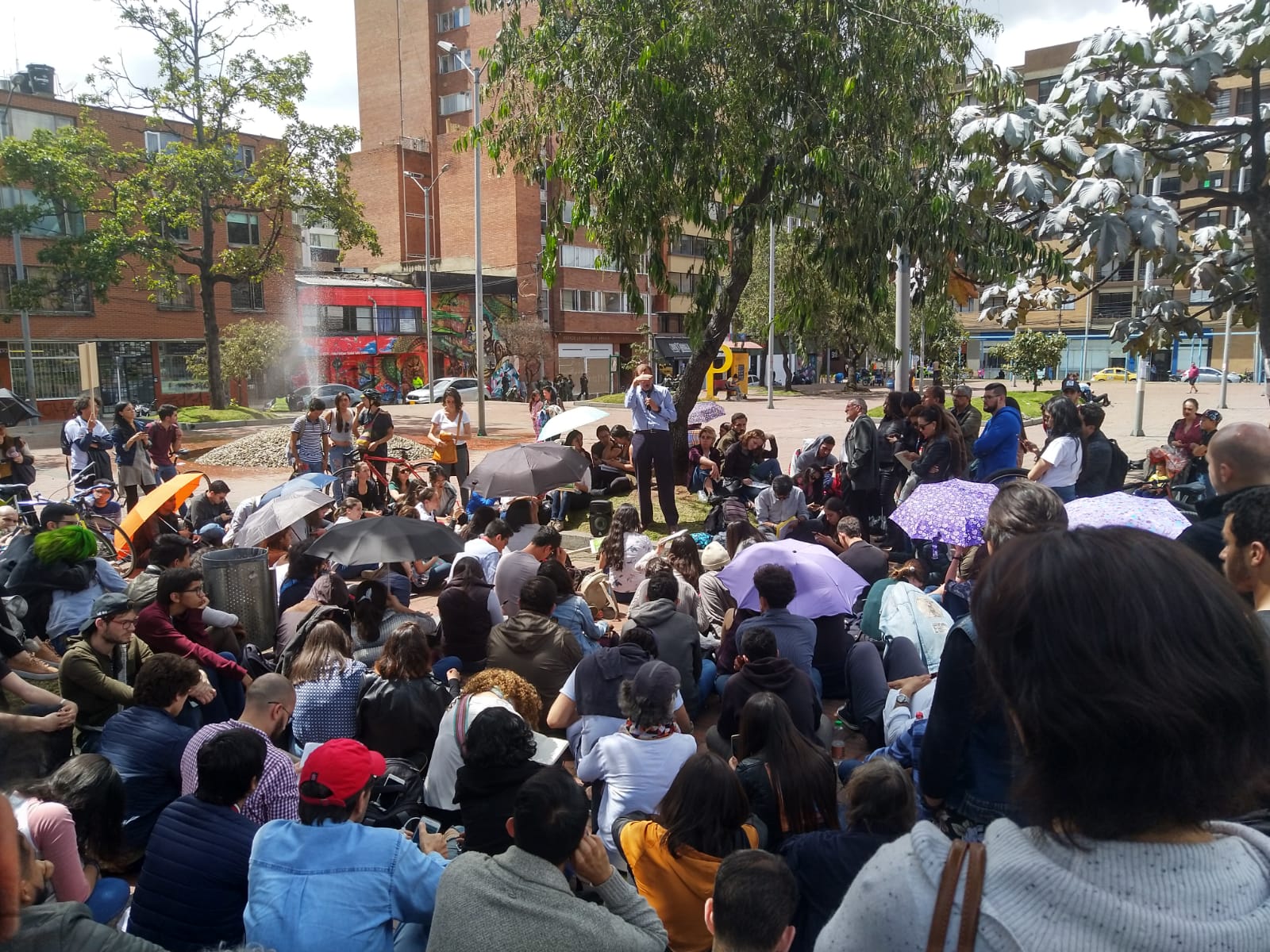
Estás siguiendo el ritmo? Photo: Edil Villa
Katie Jacoby spins you around the Spanish dance floor
So, you already know that I love Spanish, but today I’m going to introduce you to another of my great passions: dancing, specifically salsa dancing. I started dancing in the summer of 2009 right before I moved to Colombia, as I’d mistakenly bought into the stereotype that all Colombians (and Latin Americans in general) are astounding salsa dancers. A lifelong wallflower, I thus felt obligated to learn how to dance despite my extreme nervousness. Once I got here, I quickly realised that like any other hobby or interest, some people are into it and some simply aren’t – so salsa is by no means a requirement to live here and have an active social life. It was too late, though – I’d already become addicted to the dance! And I still am. If you’ve caught the salsa bug or are eyeing some classes but are unsure of the vocabulary, this article is for you.
First, a little about the music. Just as you’ve finally learned to differentiate salsa from other genres (say, merengue, cumbia, chachachá, etc.), you may hear someone refer to a song you would have sworn was salsa as mambo, pachanga, guaguancó, boogaloo, charanga, son, or something else. Not to worry: while distinct styles of music, these genres are frequently danced to with the classic salsa steps. If you hear someone say something about loving salsa brava or salsa dura or calling a song salsa romántica or salsa rosa, these are subgenres of salsa. The latest craze is salsa choke. Think, Ras Tas Tas. At the end of the day, these are all essentially salsa, and salseros (salsa dancers) can adapt their moves to all of them.
A colloquial way of referring to dancing here in Colombia is azotar baldosa, which is like giving the floor tiles a beating. Mover el esqueleto is a kind of old-fashioned way of saying the same thing. Tirar paso is another local phrase meaning to dance in a flashy way with lots of eye-catching moves. To start dancing, you typically need a partner, or una pareja (yes, a man is una pareja as well). To ask someone to dance is to sacar a bailar a alguien. The best way to do this is to simply say, ¿Quieres bailar? Or just make eye contact and stretch out your hand toward them. ¡No tengas pena!
Traditionally, the male partner leads, which is guiar or llevar–though I’ve danced with many amazing female leads! The following partner follows, of course, which is seguir. If you need a minute to listen for the beat, you’re looking for el compás, though this is usually simply referred to as el ritmo. If you’re dancing off-beat, no estás siguiendo el ritmo. Someone who just has no sense of rhythm could be described as arrítmico. If you lose the beat, you can say;
Uy, me perdí, espera – Hold on a minute; I lost the beat.
Feel like you were born with two left feet? Fret not; you can find your right foot (and even a few more) if you practise a lot and just relax. The phrase is the same in Spanish, though not nearly as common: tener dos pies izquierdos. Use the word tieso to say that you or your partner are stiff.
Estás muy tieso, relájate y empecemos de nuevo – You’re really tight; just relax and we’ll start over.
There are a lot of ways to say that someone is a good dancer. The standard way that is used all over the Spanish-speaking world is to say that somebody baila como un trompo. That is, they dance like a spinning top. You can also say tiene sabrosura, tiene saborcito, tiene tumba’o, or tiene suín.
¡Ese man sí que tiene suín! (from swing).
If someone really gets into the music, don’t be startled if they yell out, ¡Azúcar! (a trademark of the singer Celia Cruz).
Here are some must-know classic Colombian salsa songs from four different bands: El preso, Rebelión, Cali pachanguero, and Oiga mire vea. Learn the lyrics and you’ll not only impress everyone, you’ll also enjoy dancing to them more! Here’s to your illustrious salsa career–see you on the dance floor!
Katie Jacoby is a Spanish-English translator and has been in Colombia for 3 years. Feel free to leave her a comment or ideas for future columns on her language website, vocabat.com.





